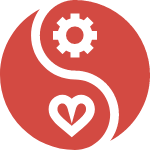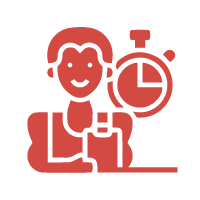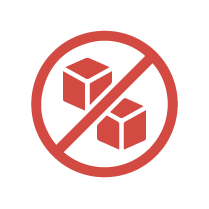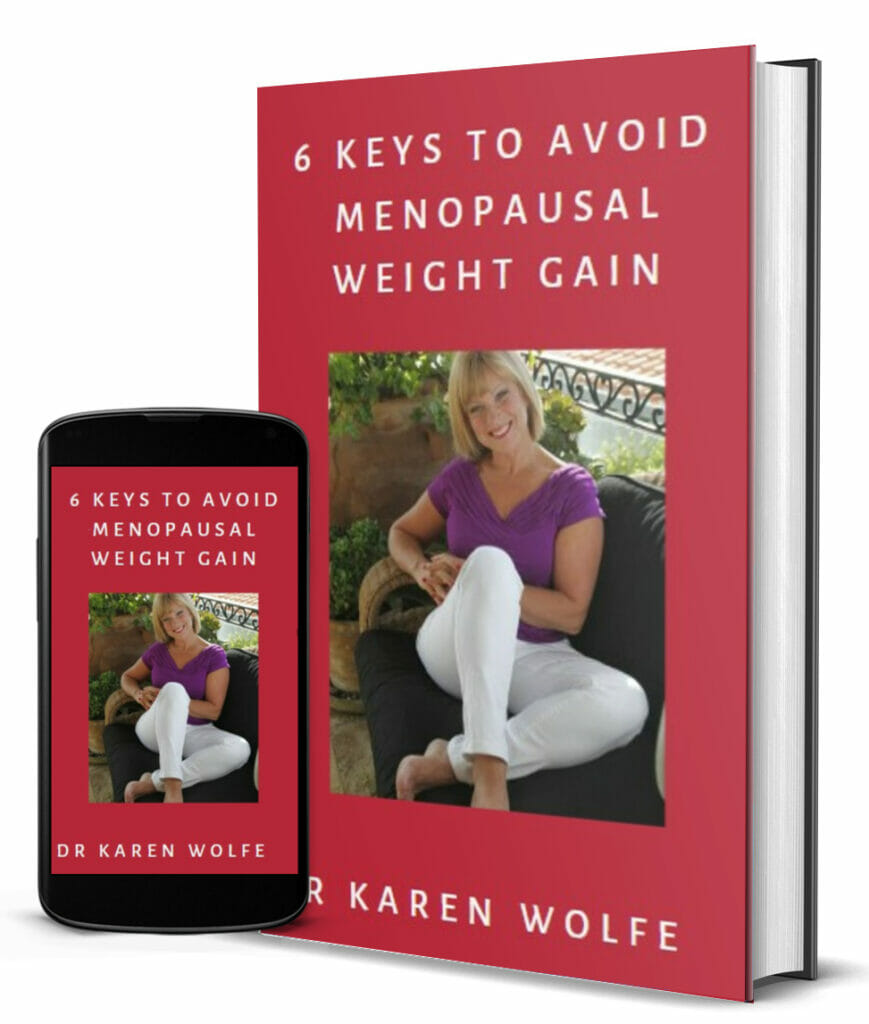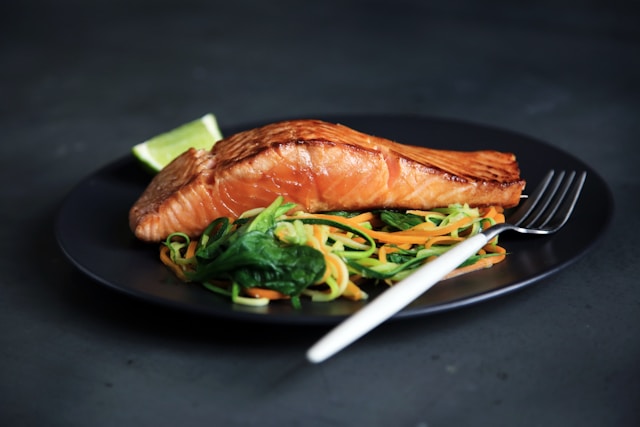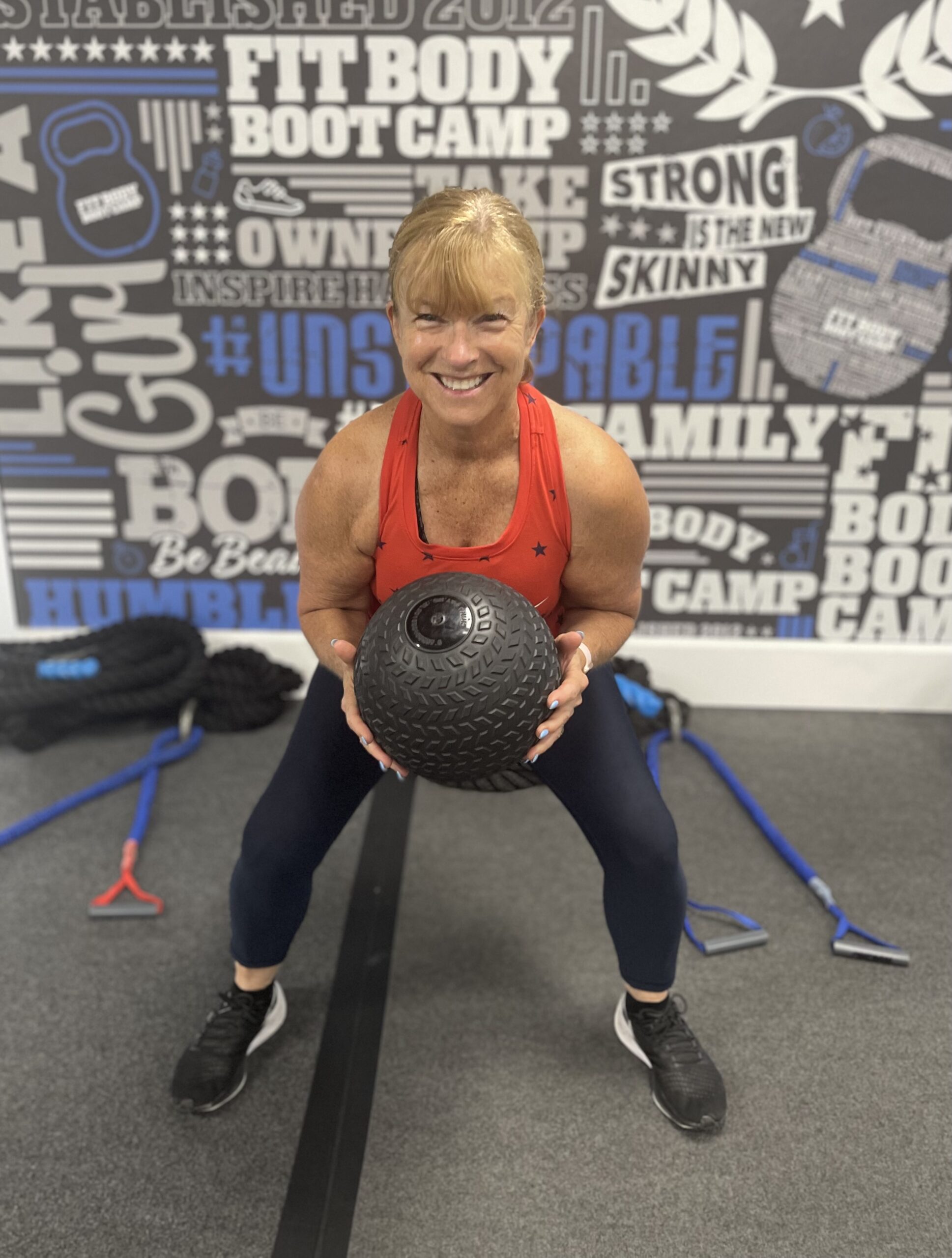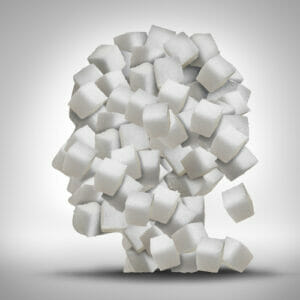
For many of us, sugar is addictive. That’s because foods high in sugar trigger the reward centers of your brain.
The Lay’s potato chip advertising company were really onto something when they developed their “betcha can’t eat just one” slogan in the 1950s. Talk about ahead of their time!
Eric Stice, Ph.D., a neuroscientist at the Oregon Research Institute has used MRI scans to conclude that sugar activates the same brain areas that are activated when a person consumes drugs like cocaine. In addition, he found that heavy users of sugar develop tolerance (needing more and more to feel the same effect), which is a symptom of substance dependence.
Women are twice as likely to be addicted to food as men (2)
Women tend to diet, restrict, and binge more than men, which seems to trigger the brain to overeat addictively. Interestingly, women with the greatest hormonal upheaval at perimenopause report the highest rates of food addiction(2).
When food is off-limits, it tends to take on power and value, so it is good to ease into getting off the sugar roller coaster. Eating protein is an easy way to curb sugar cravings. High-protein foods digest more slowly, keeping you feeling full for longer. Protein doesn’t make your blood sugar spike the way refined carbs and sugars do. Pick proteins like lean chicken, low-fat yogurt, eggs, nuts, or beans. Fiber also helps fight a sugar itch in many ways. First, it keeps you full. High-fiber foods also give you more energy. Because they don’t raise your blood sugar, there’s no hungry crash after. Choose fruits, vegetables, and whole grains. Or smear some peanut butter on an apple for a protein/fiber combo.
REFERENCES
1, P. Pedram et al., “Food Addiction: Its Prevalence and Significant Association with Obesity in the General Population,” PLoS ONE 8, no. 9 (2013): e74832, doi:10.1371/ journal.pone.0074832.
2. A. J. Flint et al., “Food- Addiction Scale Measurement in 2 Cohorts of Middle- Aged and Older Women,” American Journal of Clinical Nutrition 99, no. 3 (2014): 578–86, doi:10.3945/ajcn.113.068965.









